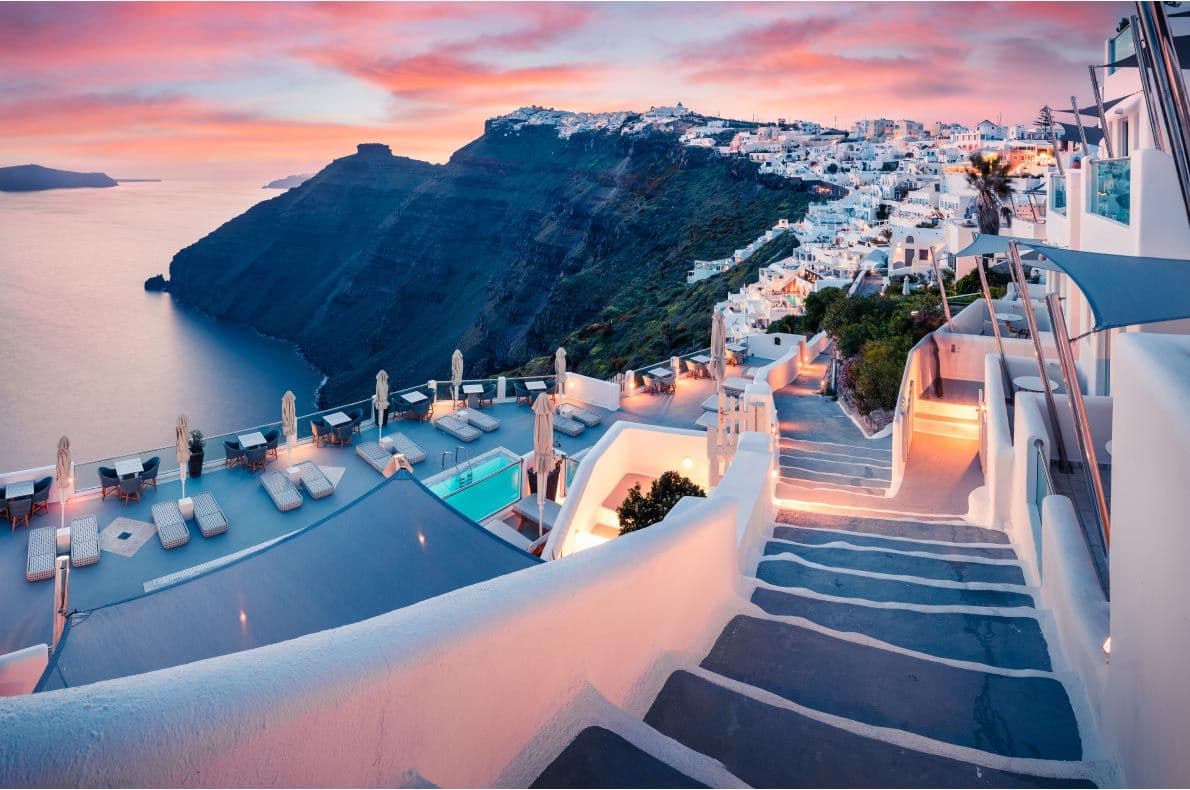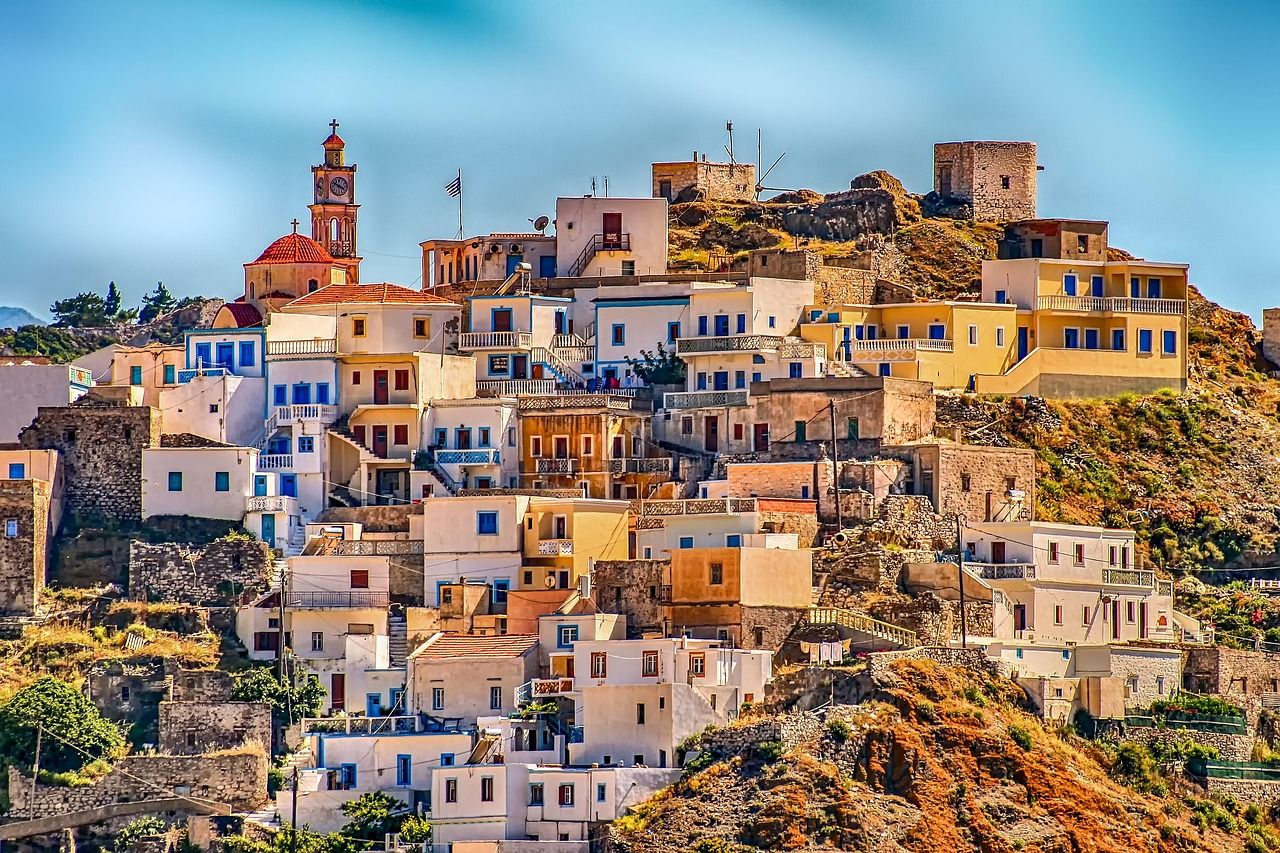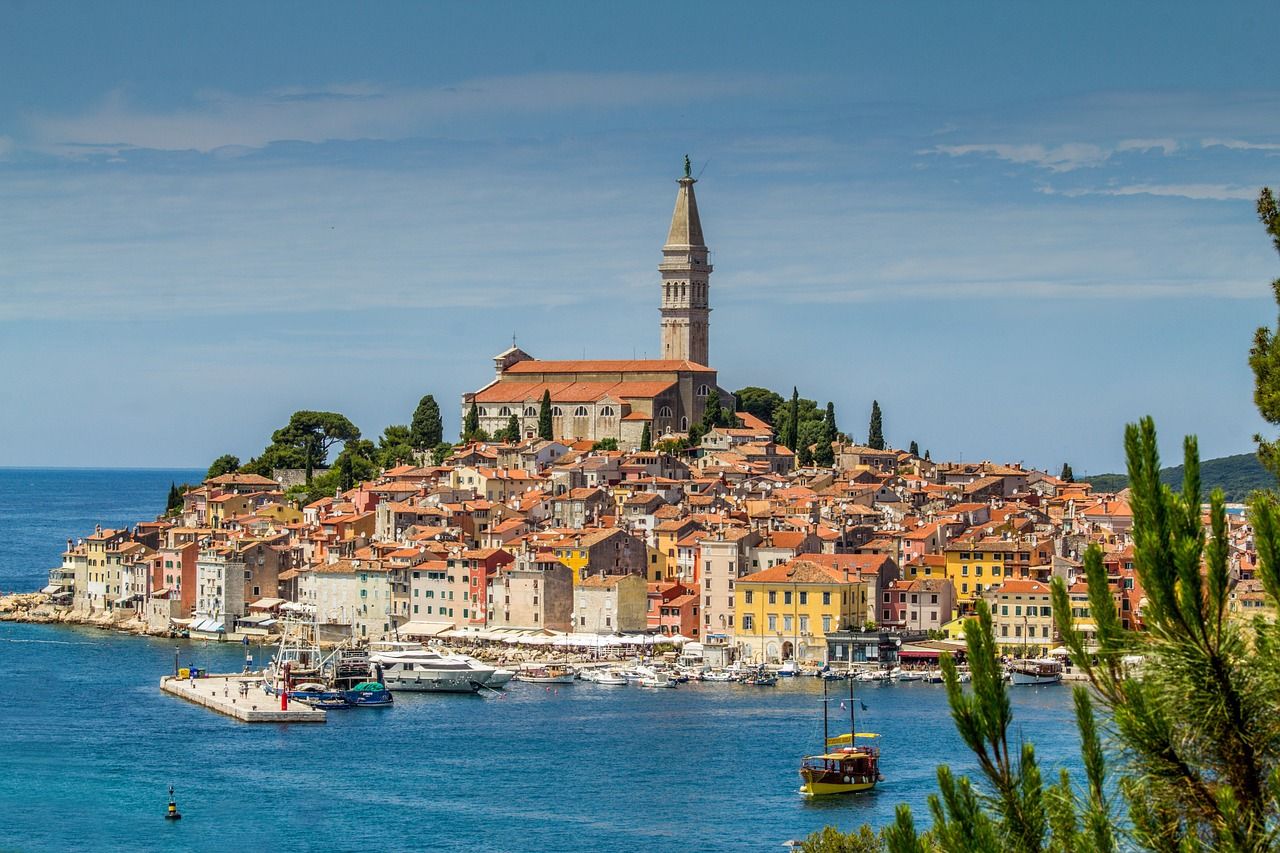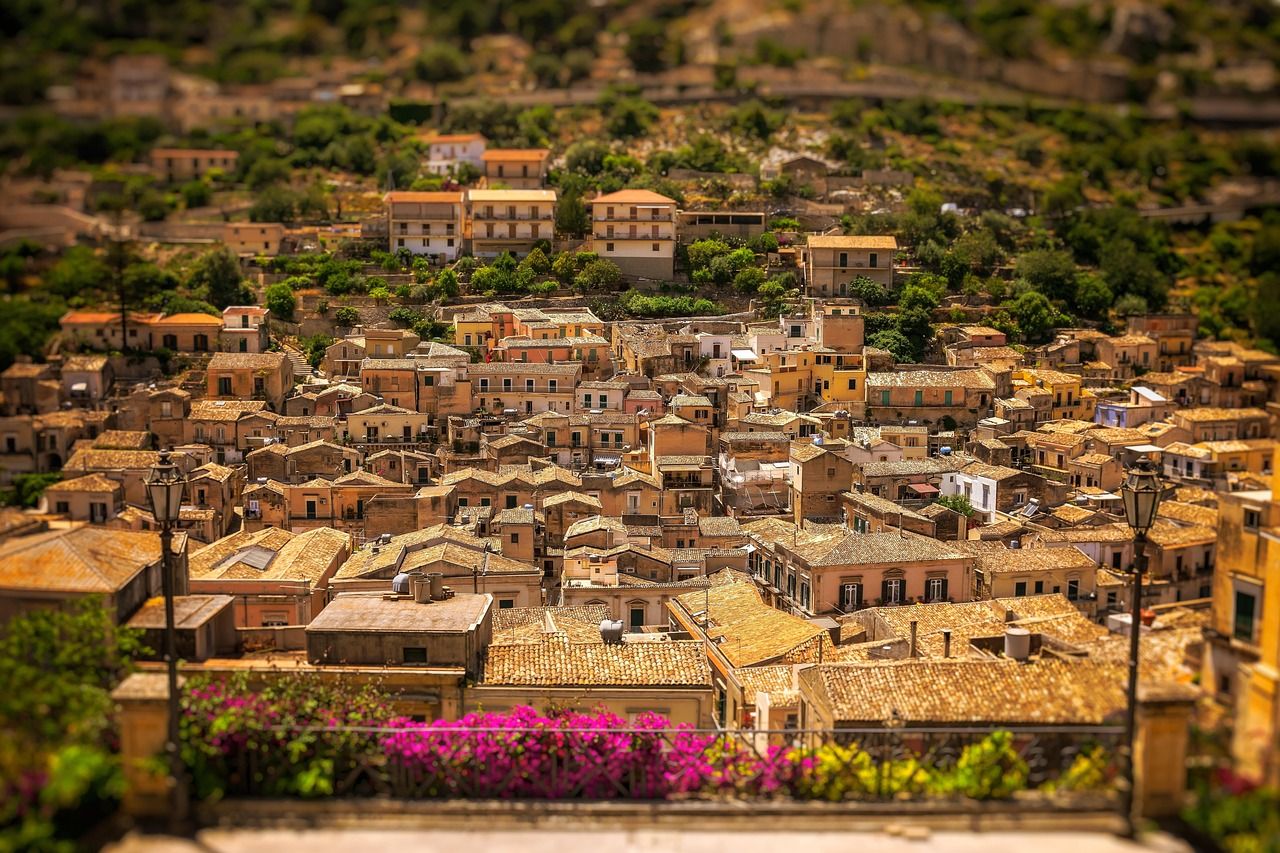Ask GRAI Anything
Your Real Estate Questions, Answered Instantly via Chat


Help us make GRAI even better by sharing your feature requests.

For years, the dream was to buy a place in Spain or Portugal - warm sun, good wine, and the security of EU residency. But in 2025, those dreams have gotten crowded and expensive.
Lisbon’s rents have doubled since 2020, Spain’s Golden Visa is under political fire, and locals are protesting overtourism.
So, the new question for investors and digital nomads isn’t “Where’s beautiful?” - it’s “Where’s still attainable?”
That answer increasingly points east and south - to Greece, Croatia, and Southern Italy.
Once written off during Europe’s financial crisis, Greece is now one of its fastest-recovering property markets.
Average apartment price growth: +6.8% to +8.8% YoY
Foreign buyers’ share: 17% of all transactions (up from 8% in 2020)
1BR apartment in central Athens: €750-1200/month
Seaside towns like Chania, Nafplio: €1,000-1,400/month
The government’s Digital Nomad Visa allows remote professionals to live tax-free for two years, renewable to five with residence. That mix of climate, affordability, and tax flexibility is pulling in capital from the U.S., UAE, and Israel.

For investors, Greece is the rare case where fundamentals - not speculation - are driving price appreciation.
Must Read: Visa Wars: How Countries Are Competing for Global Talent Through Real Estate
Since joining the Schengen Zone and adopting the euro, Croatia has become one of the most accessible and undervalued EU markets.
House price index up 13% YoY
Dubrovnik/Split 1BR rents: €800-1,200/month
Foreign ownership: Unrestricted for EU residents, permitted for others via company structures
Digital Nomad Visa: active since 2024
Croatia’s appeal lies in its blend of natural beauty, stability, and liquidity.
Where Greece attracts retirees, Croatia attracts remote professionals and mid-tier investors.
Infrastructure investment around Zadar and Split is accelerating, and long-term rental yields remain healthy at 5-6%, especially in secondary coastal towns.

Beyond Milan and Rome, Italy’s south -Puglia, Calabria, Basilicata - is quietly emerging as the last affordable Mediterranean frontier.
Property prices: €80,000-120,000 for apartments in Lecce, Bari, or Reggio Calabria
Inflation: just 1.4% YoY
Rental yield: 4-5% in mid-range coastal towns
The Italian government’s Digital Nomad Visa (2024) and Elective Residency Visa are drawing longer-term residents who blend remote work with a slower lifestyle.

Southern Italy’s advantage isn’t just affordability - it’s authenticity. Unlike Portugal’s or Spain’s hyper-globalized housing markets, the south still runs on local pricing, local trades, and real community.
Also Read: Asunción Real Estate Guide for Digital Nomads 2025
As Spain and Portugal plateau, the rest of the Mediterranean is waking up.
Greece, Croatia, and Southern Italy together represent:
Lower entry prices (40-60% below Western Europe)
Growing visa flexibility
Less exposure to speculative capital
High lifestyle yield per euro spent
This is the next wave of European mobility - the intersection of digital work, lifestyle migration, and property investment.
For real-estate investors and globally mobile professionals, three key signals stand out:
1. Visa Policy = Market Catalyst
Every time a country launches or expands a digital-nomad or residency visa, housing demand rises within six months.
2. Capital Rotation into Tangible Assets
As equities stay volatile, family offices are increasing European property exposure - favoring lifestyle markets with long-term stability.
3. Lifestyle Yield Is Becoming Quantifiable
People are no longer just buying square footage - they’re buying lower stress, lower taxes, and higher climate comfort.
With GRAI, you can simulate, forecast, and compare your next property move like a global investor - not a guesser.
“Compare cost of living in Athens vs Lisbon under 10% rent inflation.”
“Forecast ROI for Puglia coastal property if euro weakens 5%.”
“Model rental yields in Split vs Dubrovnik under increased nomad visa inflows.”
“Simulate multi-country portfolio exposure to Mediterranean climate and currency risk.”
Model your real estate investment strategy here: https://internationalreal.estate/chat
The Takeaway
The Mediterranean dream isn’t fading - it’s migrating. From Lisbon’s overheated markets to Athens’ rebirth, from Croatia’s open coastlines to Southern Italy’s quiet revival, a new map of opportunity is forming.
The smart investors aren’t following the headlines. They’re following data, visas, and value. Because in this new Mediterranean - where affordability, beauty, and policy finally align - you’re not just buying property. You’re buying time, place, and peace of mind.